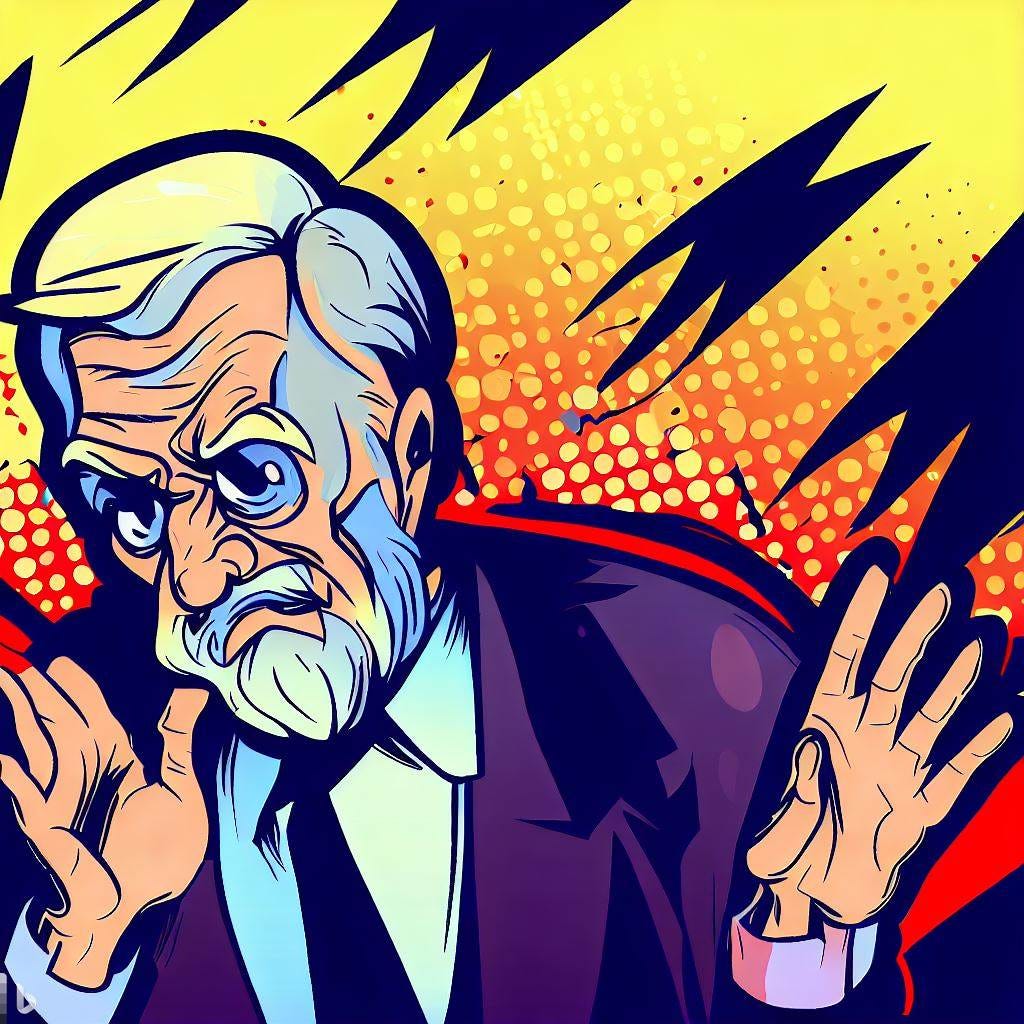How to identify and validate product risk
4 risks to your feature's success
Think you’re building the next killer feature for your product? Meet its potential killers first.
It’s easy as a PM or product leader to only focus on the upside. But what you’ll notice is experienced PMs spend more time on the downside.
The reason is simple: the more time you’ve spent in Product Management, the more times you’ve been burned. The team releases “the” feature that was supposed to change everything for the product - and everything remains the same.
After countless experiences like this, you begin to feel like the cautious old man - an older PM urging caution from the sidelines.
When you reach this stage, product management becomes less about figuring out what new feature could deliver great value, and more about de-risking the choices you have made to deliver the needed impact.
At the same time, it’s an uncomfortable place to be. There just is no silver bullet. The best you can do, as far as I’ve seen it, as to identify the risks that you can. And then systematically eliminate them.
As a product leader, usually eliminating the biggest risk is the most important part. If you can identify and eliminate the biggest risk, that’s typically a huge value add.
As a PM, even more weight is on your shoulders. You need to identify all the 80/20 risks needed for your product’s success.
So in today’s piece, we’ll go through the techniques to identify and de-risk that have worked best in my 15+ years in PM:
The Four Big Risks
The Standard Methods
Unconventional Methods
Common Blind Spots in Risk Management
Let’s get into it.
1. The Four Product Risks
To kick things off, let's understand the four types of product risk. Marty Cagan's iconic framework works best, I find.
A. Value Risk: The Soul of the Product
Remember Juicero? They built a $400 Wi-Fi-enabled juicer, only to discover that their value proposition wasn’t compelling. Customers could just as easily squeeze the juice packs with their hands. A hard lesson in value risk.
Value Risk asks whether customers care enough to open their wallets or devote their time. It’s the soul of your product. If you can’t be match how much they value their money or time, you’re toast.
Like each of the other four risks, if you miss this, it could be fatal for your product. Value risk strikes at the very core of market demand. If you get this wrong, nothing else matters.
Data screams the truth here: According to CB Insights, 42% of startups fail due to no market need. That’s nearly half.
In a world of infinite choices, if your customers don’t see the value, you’re toast.
B. Usability Risk: The User’s Lens
Usability Risk isn't about if customers find value; it's about whether they can even get to that value. Can they navigate your product without wanting to throw their device out the window?
Google Glass failed not because of value but usability. People didn’t want to wear something perceived as geeky, or that invaded privacy. Google Glass was a usability nightmare that never got its day in the sun.
Unlike Value Risk, which is all about demand, Usability Risk focuses on the user's journey from start to finish. It's a different ballgame. If Value Risk is the soul, Usability is the heartbeat. One can't live without the other.
The numbers spell it out. Amazon Web Services reports that 88% of online shoppers won't come back after a bad user experience. That's a big chunk of lost revenue.
If your users get lost in the maze of your product, they're gone. And they're not coming back.
C. Feasibility Risk: The Art of the Possible
Feasibility Risk takes a different angle. It's not about the market or the user; it's about you. Can you and your team actually build what you’ve dreamed up?
Theranos promised the moon but couldn't deliver. It claimed its technology could run extensive tests with a single drop of blood. The reality? It was scientifically impossible with their tech. They ignored feasibility risk and paid the price.
This risk is a reality check. It's not asking if your product is wanted or easy to use; it's asking if it can even come to life. It's the bones of your product, holding everything else up.
The Standish Group doesn’t mince words: Only 29% of projects complete on time and on budget. Let that sink in.
Choose the wrong tech stack or methodology, and you’re not just delayed—you might be done.
D. Viability Risk: The Multi-Dimensional Chess Game
(Business) Viability Risk is the grandmaster of risks. It asks: Does this product make sense within the broader tapestry of your business? Will it survive the complex interplay of regulations, channels, and financials?
Unlike the other risks, this one is multi-dimensional. It's not focused solely on the product; it's focused on the ecosystem around it. It's the strategic layer that overlays everything else.
Take Kodak for example. They actually invented the digital camera but failed to adapt their business model to this disruptive technology. They held back due to fear it would cannibalize their film business.
The result? Bankruptcy in 2012.
That’s a massive viability alarm bell.
If your product doesn't fit into the grand scheme of your business landscape, it's not a product—it's a liability.
2. The Standard Methods for De-Risking
So now that we understand the four risks, here’s how to systematize risk management of these theoretical risks 👇
Keep reading with a 7-day free trial
Subscribe to Product Growth to keep reading this post and get 7 days of free access to the full post archives.


